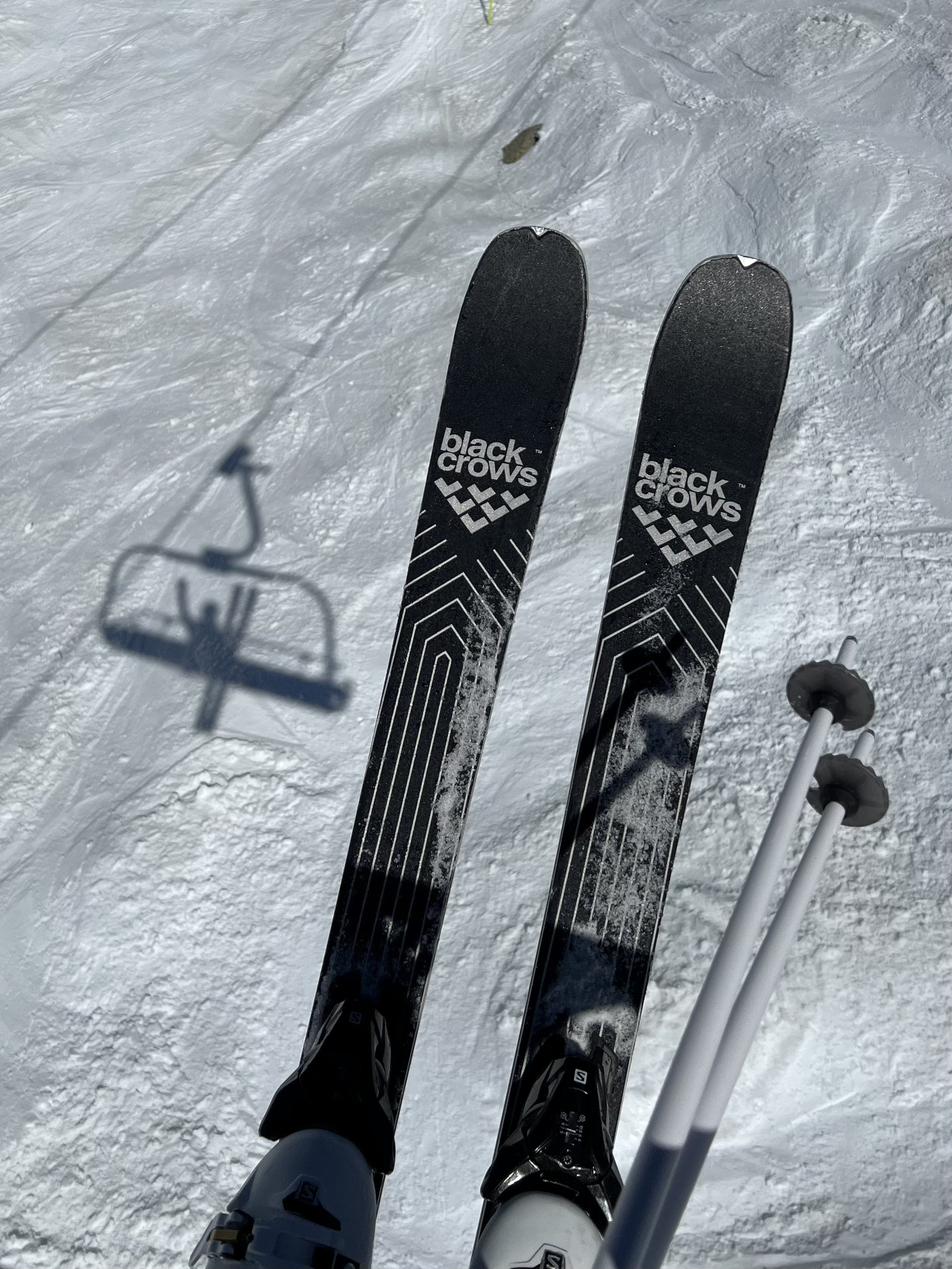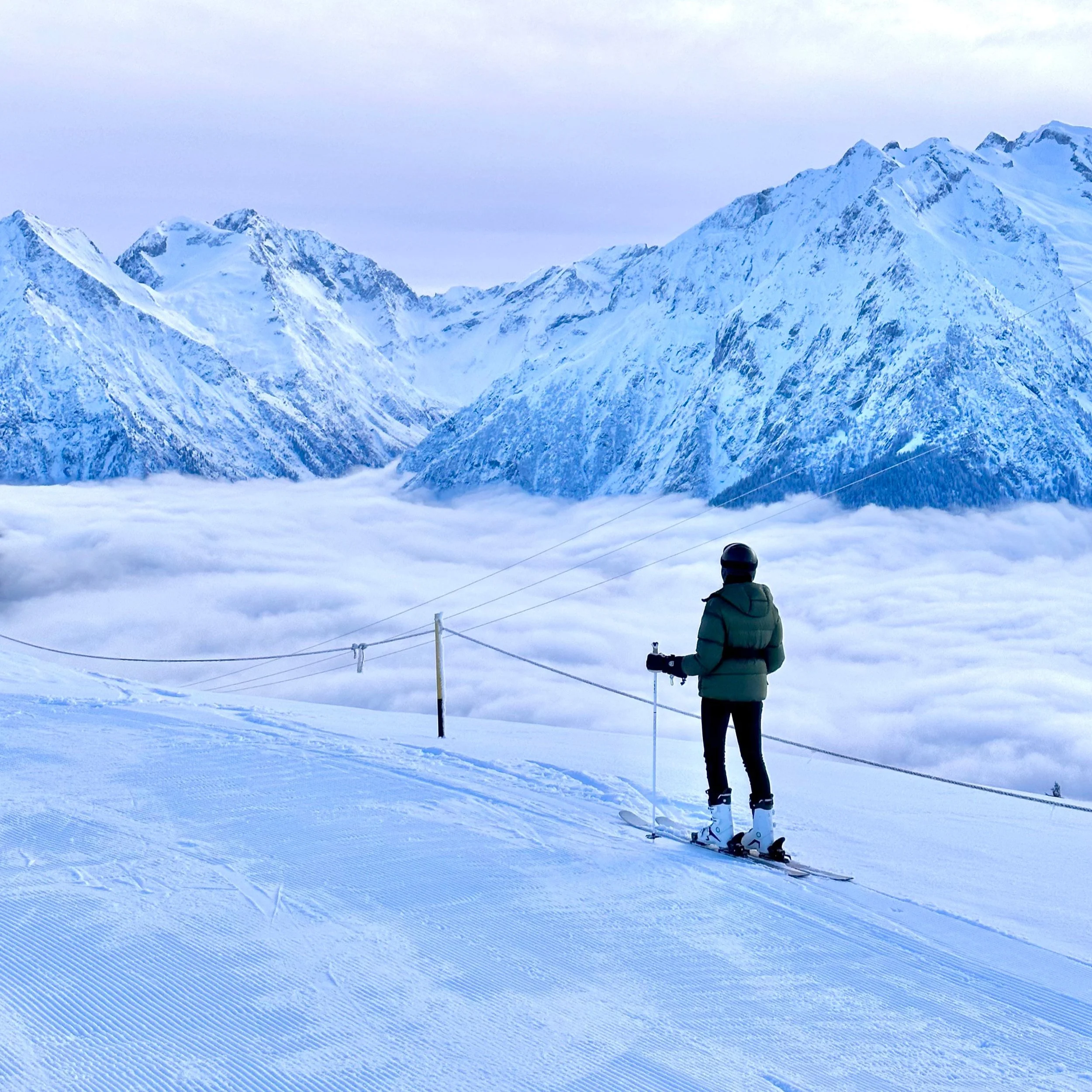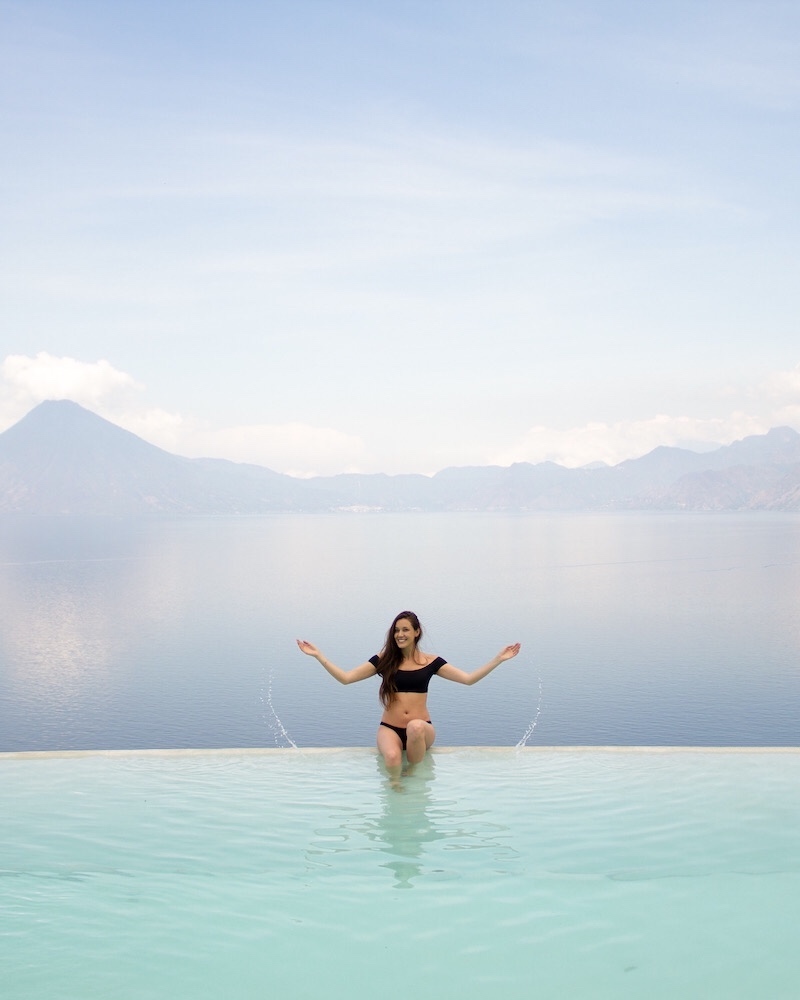The Benefits of Skiing Solo
/My attitude toward solo travel has enabled a majority of the most memorable adventures I’ve experienced, and has greatly influenced my attitude toward solo skiing. It’s important to note that my personal definition of a solo traveler doesn’t mean someone is always alone— but rather is making her own decisions about when, why, and how she travels. Similarly, a solo skier isn’t necessarily always alone, but rather is making her own decisions about when, why, and how she goes to and experiences the mountain.
Thanks to the flexibility my remote-work lifestyle allows, I’ve been able to make skiing, my favorite sport, a priority over the last few years. During the 2021/22 season I was able to spend a month based in Lake Tahoe, Nevada, and during this past 2022/23 season I spent a month living and working remotely in Chamonix in the French Alps. I was motivated to give myself these opportunities regardless if any friends or family would be able to join me, and would book a monthly rental that I would be able to afford on my own, but had space to host guests if the opportunity arose. (You can read my tips for booking a ski lease or a monthly rental in the mountains here).
I’m grateful that due to the sheer amount of time I’ve been able to spend skiing, my skills have drastically improved in a matter of just a few seasons and I’ve become much more comfortable and aware of the various conditions one can experience while skiing at a station or in a resort setting. I’m even more grateful that I’ve never let the excuse of not having anyone to ski with stop me, because out of the 31 days I’ve skied this past 2022/23 season, only 6 were spent skiing with other people— the rest of the days I skied solo, focused on gaining more experience but most importantly just having a great time. In this article I describe the many benefits of skiing solo, and why I encourage you to go for it even if you don’t have anyone to ski with.
Very important note: all of the claims and recommendations made in this article are based on my own experiences skiing alone on-piste, within bounds of designated ski stations or resorts. I would never recommend skiing alone off-piste or in the backcountry.
1. You can ski at your own pace and work on whatever skills you want
By skiing solo, you can choose to ski as slowly as you wish, or as quickly as you feel comfortable. Having the freedom to decide your pace will allow you the opportunity to develop specific skills or practice techniques that may require intense focus, repetition, and review.
2. Benefit from shorter wait times in the singles’ lift line
Many lifts or gondolas at ski stations will have a dedicated singles’ line in an effort to fill all the spaces to capacity. This line is often much shorter and moves much faster than the general line which is comprised of groups or pairs that don’t want to be split up, thus creating open seats for singles.
3. Start, stop, and take breaks whenever you want
By skiing solo, you can maintain your own flow and rhythm. If you feel like taking a more relaxed pace or a faster pace, you can. You have the freedom to start as you wish, stop as you wish, and take breaks as little or as often as you wish without having to feel like you are holding up the group.
4. You don’t have to wait for others as they start, stop, or take breaks
On the other hand, you also don’t have to be held up by others if they are slow to start, want to stop early, or wish to take breaks more often than you need to.
5. You can choose exactly where you want to ski, and change your mind as you wish
By planning your own travels and by skiing solo, you have the freedom to choose everything, starting with the country, the region, the town, the ski station, as well as everything else— down to which individual runs you feel like doing. If you are skiing and find that you are bored with an area or not happy with the particular conditions, you can choose to ski elsewhere. Similarly, if you have a lot of fun on a particular run you can choose to do it over and over as many times as you wish. By skiing solo, you also have the ability to change your mind within a moment’s notice and follow a different path without having to verbally communicate your intentions to someone else.
6. You don’t have to worry about you or someone else taking a wrong turn
You can choose your own route when skiing solo, without worrying about having to follow someone, possibly missing a turn, and ending up on the wrong run. Similarly, if someone else or other members of your group are following you, you don’t have to look back to see where they are and if they can see you. If you are skiing with others and become separated, finding each other on the mountain again may be complicated, frustrating, time-consuming, and may require having to call or text using mobile phones to coordinate a plan.
7. No one will pressure you to do something you don’t want to do
One potential disadvantage of skiing solo is that you don’t have others to learn from or emulate, but conversely, if you ski solo you also don’t have to feel pressured or influenced to do something you don’t feel comfortable doing. If you are skiing with a group of others that are more experienced than you, you may find yourself in a situation that you are not yet well-prepared for skill-wise.
8. Your trail-map navigation skills will improve drastically
Oftentimes when you ski with friends on terrain that’s new for you or for the group, you can rely on others’ abilities to navigate a ski resort’s trail map or plan des pistes. When skiing solo, your skills for orienting yourself and navigating runs become much sharper because you only have yourself and your heightened sense of awareness to rely on.
9. Your ski skills will improve so future ski trips with friends will be more fun, less stressful, and more safe
Skiing with friends is definitely a lot of fun and something I always hope to do more of, and though I am an advocate for skiing solo, I recognize that the experiences are just different and one is not better than the other. What I have come to realize is that all of the time and training I’ve afforded myself and all the experience I’ve gained on the days that I’ve skied solo have greatly contributed to advancing my skills and comfort level, so that when I’m skiing with friends I feel better prepared, less stressed, and therefore more safe.
The first day I went solo skiing was at Breckenridge, Colorado, and have since explored ski stations in Lake Tahoe, Quebec Canada, France, Austria, Italy, and Finland by myself. I immediately loved it— you quickly realize just how many other solo skiers are out there, tend to become more aware of your surroundings, tend to become more in tune with your technique and progression, and learn that no one on the mountain thinks what you’re doing is weird, but rather admires it.
Are you a fan of solo skiing and have any tips to add, or are considering venturing out to explore a ski station or resort on your own and have questions about my experience? Let me know in the comments below!
About the author
Meet Carina Otero, avid skier and the creator of She is Not Lost, an online community for celebrating female travelers and a blog providing helpful tips, useful information, and inspiration for your future travels. Carina’s passion for skiing and love of writing and photography have inspired a new blog to share her experiences and personal favorites relating to the sport:
Discover Ski is Not Lost
This post may contain affiliate links and at no cost to you, I may earn a commission which allows me to keep this site free for all readers. I only recommend properties, products, brands, and services that I personally use and believe in.








































